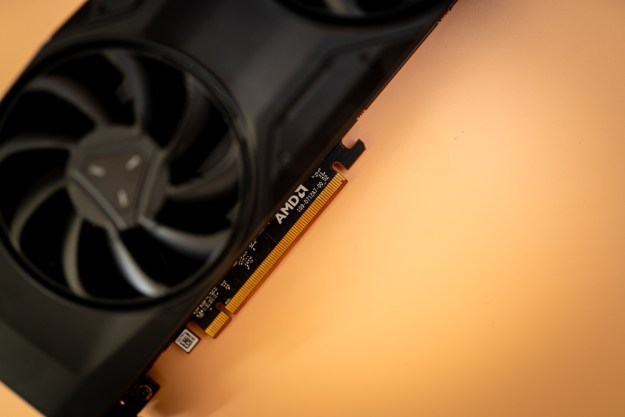A new roundup of Nvidia GeForce RTX 40-Series specifications reveals an interesting feature — a configurable TGP. According to the leak, Nvidia’s best graphics cards from the next generation will allow the user to trade in a higher power draw for better performance, and all of this will be adjusted based on your needs instead of locking the GPU to a certain TGP.
There’s also one more surprise: A popular GPU seems to be missing from the lineup.
The following is a summary for easy reading. NOT NEWS.
-RTX 4090, PG136/139-SKU330, 16384FP32, 21Gbps 24G, 450W+.
-RTX 4080 16G, PG136/139-SKU360, 9728FP32, 23Gbps 16G, 340W+.
-RTX 4080 12G, PG141-SKU340/341, 7680FP32, 21Gbps 12G, 285W+.
I have finished my work basically.— kopite7kimi (@kopite7kimi) September 14, 2022
Kopite7kimi, a well-known leaker in the PC hardware space, shared a roundup of Nvidia GPU specifications. There are no big updates there, although some changes can be spotted. More importantly, Kopite finished off the roundup with a quick statement, saying, “I have finished my work.” This strongly implies that these specifications might be the real deal that Nvidia will announce shortly.
We have the flagship RTX 4090, based on AD102-300 GPU, equipped with 16,384 CUDA cores and a boost clock of up to 2,520MHz. The card will arrive with 24GB of GDDR6X memory clocked at 21Gbps, adding up to a massive 1TB/s in bandwidth. The base TGP is said to be at 450 watts.
It seems that Nvidia may have changed its mind about the lineup because instead of offering an RTX 4080 and RTX 4070, we might be getting two different versions of the RTX 4080.
The first model, featuring the AD103-300 GPU, will sport 16GB of GDDR6X memory clocked at 23Gbps. It will also have 9,728 CUDA cores and a boost clock that’s very close to the flagship (2,505MHz).
This is followed by the AD104-400-based RTX 4080 12GB model with 7,680 CUDA cores and a higher boost clock of up to 2,610MHz. The first version of the card will come with a TGP of 340 watts, while the weaker model should sport a more conservative 285 watts.
It’s interesting that there is no RTX 4070 listed, at least for the time being. Previous leaks indicated that the AD104-400 GPU would end up inside an RTX 4070 Ti or an RTX 4070, but according to Kopite7kimi, Nvidia has decided to scrap that and release two different versions of the RTX 4080 Instead. VideoCardz also claims that Nvidia’s board partners don’t expect this to change for now.

Let’s get back to the configurable TGP. According to VideoCardz which cites its own anonymous sources, the RTX 4090 will indeed have a default TGP of 450 watts, but users will be able to adjust that in the BIOS to reach as high as 660 watts. In the case of the RTX 4080 16GB, the base TGP (340 watts) might be boosted up to 516 watts, and for the RTX 4080 12GB, the default 285 watts may go up to 366 watts.
This is an interesting, although unconfirmed, feature. It would let users choose between an even higher power draw and a boost in performance. It seems that if it is released, it may not make it to every version of the card, though.
Soon enough, most of this will either be confirmed or debunked. Nvidia is supposed to drop the big reveal on September 20 as part of its GTC keynote.
Editors' Recommendations
- Nvidia RTX 50-series graphics cards: news, release date, price, and more
- RTX 4080 Super vs. RTX 4070 Ti Super vs. RTX 4070 Super: Nvidia’s new GPUs, compared
- Nvidia’s GPU lineup is about to get completely reshuffled
- Acer’s new gaming laptop bring Nvidia RTX 40-series GPUs under $1,000
- Asus’ new RTX 4090 shattered GPU overclocking records, and you’ll be able to buy it soon




